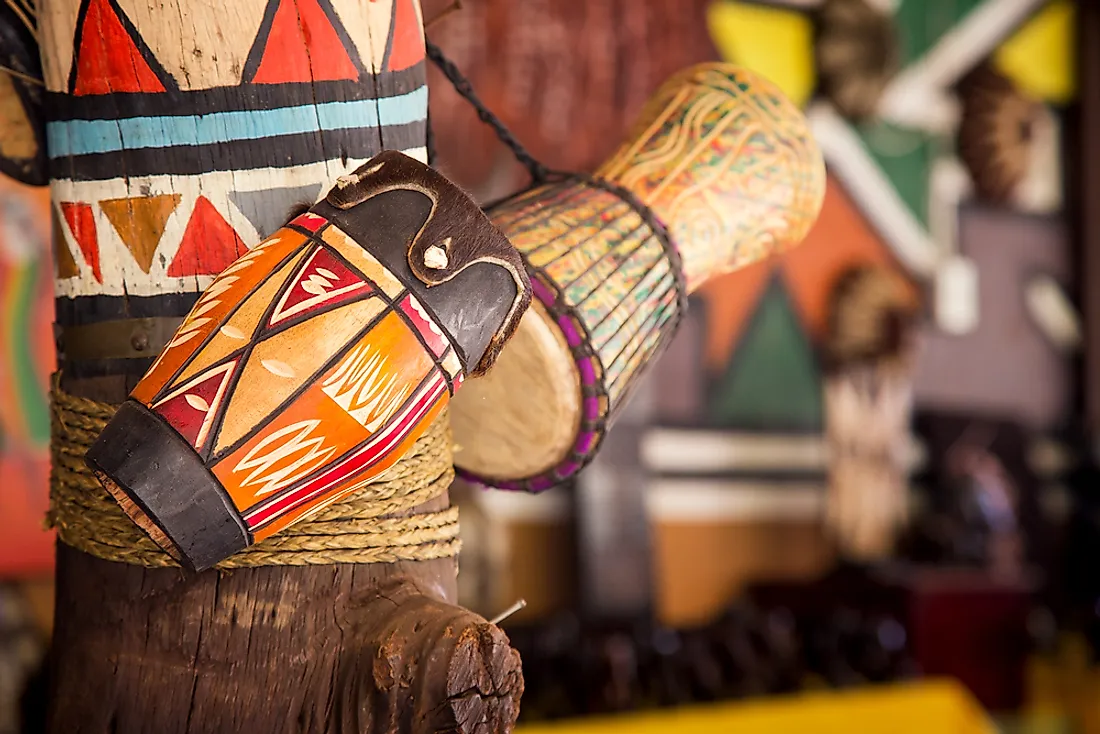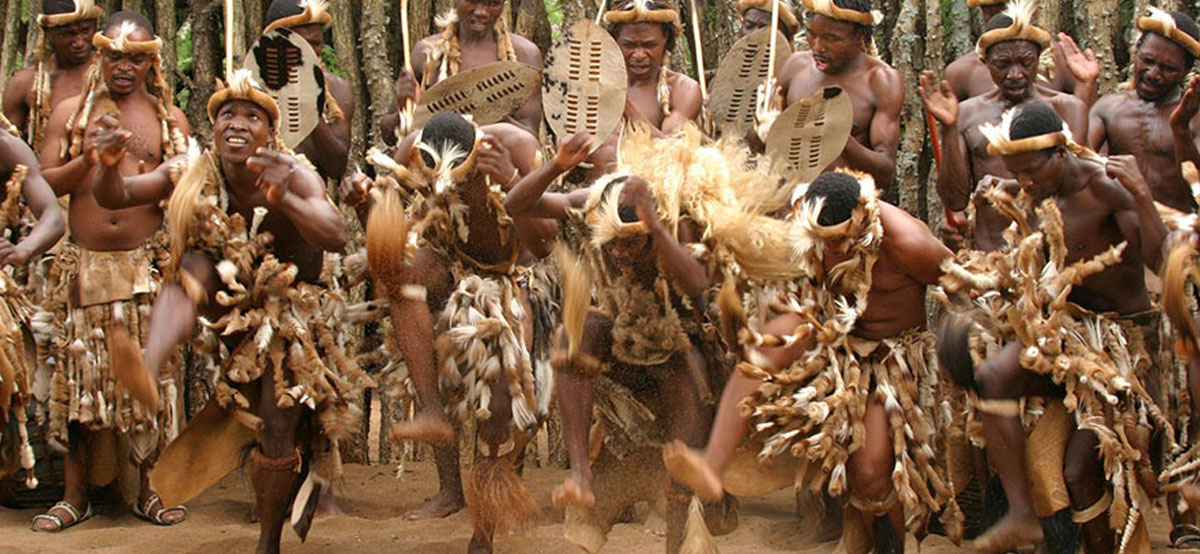The Main Principles Of South African Culture Today
The Main Principles Of South African Culture Today
Blog Article
The Buzz on South African Culture Today
Table of ContentsThe 2-Minute Rule for South African Culture TodayLittle Known Questions About South African Culture Today.The Single Strategy To Use For South African Culture TodayThe Definitive Guide for South African Culture TodaySome Of South African Culture TodayThe Facts About South African Culture Today Revealed
A matter of importance in Zambian towns is the passing away of loved ones. All participants of the town placed money, time and initiative with each other for the funeral of the deceased.Songs and dance is an extremely important aspect of the Zambian society. The numerous tribal systems have their very own dance kinds; however, makishi is typical amongst all tribes.
The 7-Second Trick For South African Culture Today
When it involves songs, drums are used the most, with a range of drumming events. In Zambia, majority of the individuals are Christian; Protestant and Roman Catholic. There are little teams of Muslims and Hindus, with the rest adhering to neighborhood indigenous tribal beliefs.

South African heritage and culture is profoundly varied, and is composed of several groups of people that each have their very own practices and beliefs. Having such a variety of people and societies is what makes South Africa so distinct. In truth sense of the expression, we are a rainbow country.
Making it the 7th on the checklist of nations with the most Portuguese people in it outside of Portugal. Portuguese is not only a culture, but it is additionally a language and a race. Portuguese individuals originate from the country of Portugal in Europe, nonetheless, due to Portugal (like many other nations in Europe) checking out the world and overcoming other countries throughout the 15th 20th centuries, South Africa has what we call Portuguese South African's living in it.
Fascination About South African Culture Today
Among the noticeable attributes of the topography is a plateau that covers almost 2 thirds of the center of the country. The plateau complicated climbs towards the southeast, where it culminates in the Drakensberg range, part of a cliff that separates the plateau from the seaside locations. The Drakensburg consists of Champagne Castle, the greatest height in the nation.
The region north of the Witwatersrand, called the bushveld, slopes downward from eastern to west toward the Limpopo River, which develops the international boundary. The western area of the plateau, the middleveld, likewise descends towards the west and differs in elevation between the highveld and bushveld. In between the Drakensburg and the eastern and southern coastline, the land descends to the sea.
Nearer the coast there is a low-lying plain called the eastern lowveld. Southwest of the plateau the country ends up being progressively much more dry, paving the way to the stony desert of the Great Karroo, surrounded on the eastern by the reduced, better sprinkled plateau of the Little Karroo. Dividing the dry southern inside from the sandy coastal of the southern coast and West Cape is one more range, the Langeberg.
South African Culture Today Things To Know Before You Buy
The nation's racially, ethnically, and politically divided history has generated nationwide and subnational symbols that still operate as signs of the nation, and others symbols that are accepted only by specific teams. The monuments to white inhabitant occupation and political supremacy, such as the Afrikaner Voortrekker ("leader") Monolith in Pretoria and the Rhodes Monument honoring the British colonial realm contractor and Cape prime preacher Cecil Rhodes, remain sectarian signs.
The first modern-day occupants were the San ("bushman") hunter-gatherers and the Khoi ("Hottentot") peoples, that herded livestock (South African culture today). The San might have existed for thousands of years and left proof of their visibility in countless ancient cavern paints ("rock art"). Bantu-speaking clans that were the forefathers of the Nguni (today's amaZulu, amaXhosa, amaSwazi, and vaTsonga peoples) and Tswana-Sotho language groups (today's Batswana and Southern and Northern Basotho) migrated below eastern Africa as early as the fifteenth century

Both former republics of the Orange Free State and Transvaal (South African Republic) were established by Afrikaner settlers that defeated and dispossessed the Basotho and Batswana. Lesotho would certainly have been forcibly included into the Orange Free State without the expansion of British defense in 1869. The supreme unification of the nation arised from the South African Battle (18991902) between the British and the two Afrikaner republics, which reduced the nation to mess up at the start of the twentieth century.
Afrikaners historically considered themselves the just real South Africans and, while approving full citizenship to all residents of European descent, rejected that standing to individuals of color till the democratic transition of 1994. British South Africans retain a feeling of cultural and social link to Great Britain without compromising their identity as South Africans.
The smart Trick of South African Culture Today That Nobody is Talking About
The variety and fragmentation you can look here within ethnic groupings and the equilibrium of stress in between those groups during the twentieth century avoided interethnic civil dispute. While intergroup stress over sources, privileges, and political prominence stay, those disputes are as most likely to match Zulu versus Zulu as Zulu important link against Xhosa or African against Afrikaner.
From colonial India, British vendors and managers brought the rounded steel decorative roofings and slender shoelace job pillars that still epitomize the outdoor patios of cottages arounds and cities throughout the nation. Houses of prayer add an important building element even in the smallest towns. Along with the soaring steeples and traditional stonework of Afrikaans Dutch Reformed churches, Anglican churches, synagogues, mosques, and Hindu temples give range to the spiritual building scene.

Butchering and the brewing of standard grain beer are crucial in safeguarding the engagement and goodwill of the forefathers who are thought about the guardians of good luck, prosperity, and wellness. Indian neighborhoods maintain their indigenous culinary traditions and apply them on Islamic and Hindu ritual and ceremonial events. Afrikaners and Coloured people gather at weekend breaks and unique events at multifamily bbqs called braais, where community bonds are enhanced.
Because this was the key financial enterprise of both black Africans and white colonists, problem between those teams navigate here centered on the possession of grazing land and livestock. In 1867, the biggest ruby down payments on the planet were discovered at Kimberley in the west main area. The wide range from those areas helped finance the exploitation of the best gold coral reef worldwide, which was found on the Witwatersrand in 1886.
The Buzz on South African Culture Today
This caused misconceptions and calculated misrepresentation in the transactions of white inhabitants and federal government authorities with African chiefs throughout the early american period (South African culture today). In the establishment of African gets, some aspects of common and chiefly "tribal trust" land period were protected, and even in white country locations, kinds of communal period were still exercised in areas with African communities
After the democratic transformation of 1994, programs for land restitution, redistribution, and reform were instituted, yet development has been slow-moving. The white minority still manages eighty percent of the land. In the wake of farming land intrusions in Zimbabwe, the Department of Land Matters has vowed to speed land redistribution.
Report this page